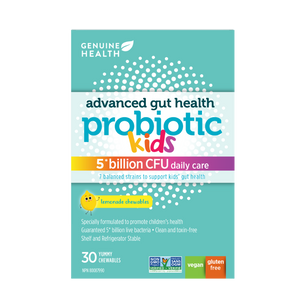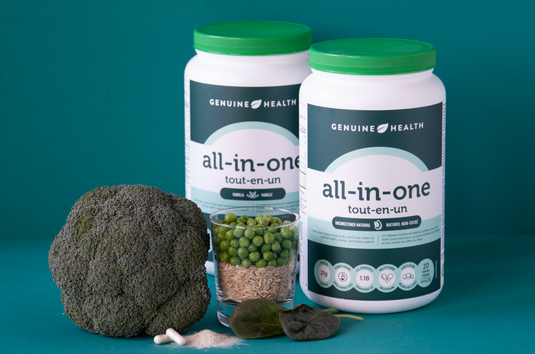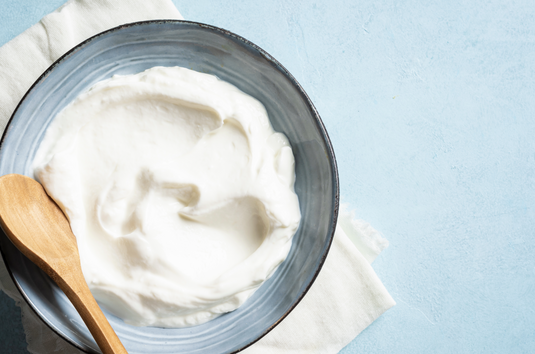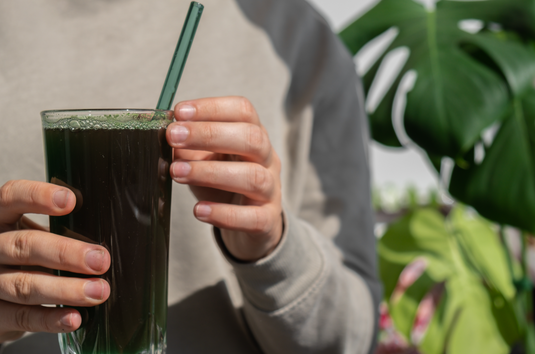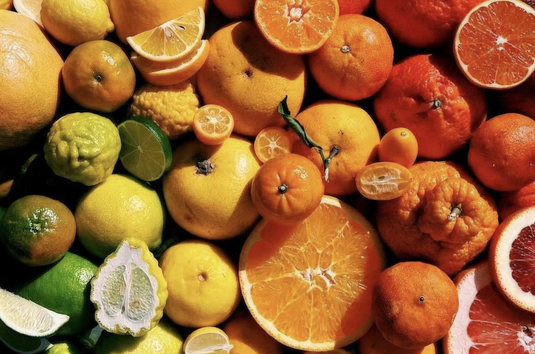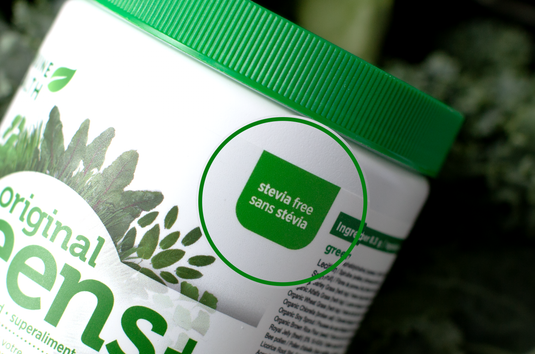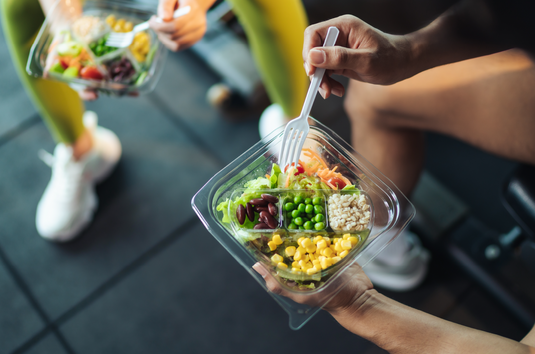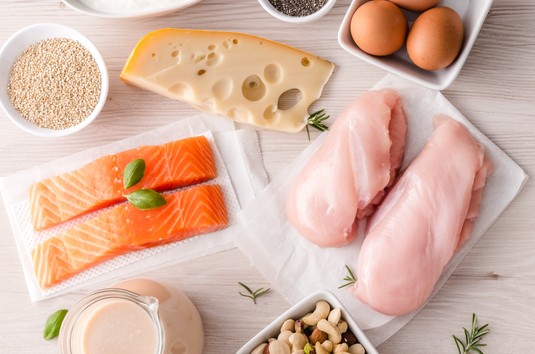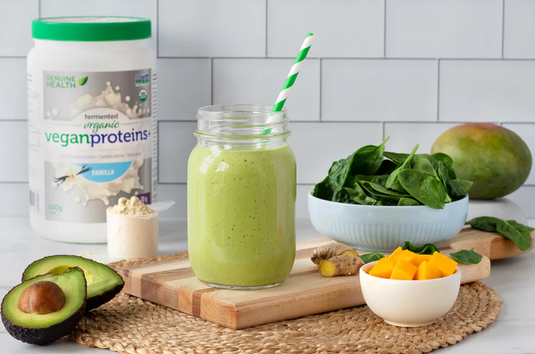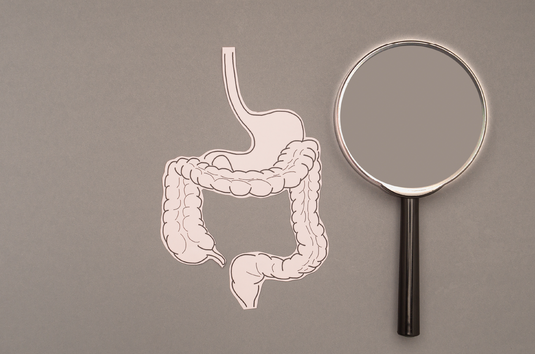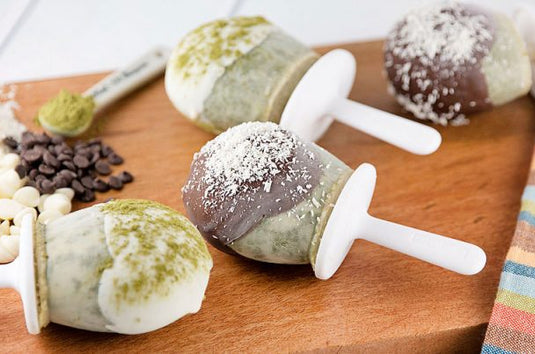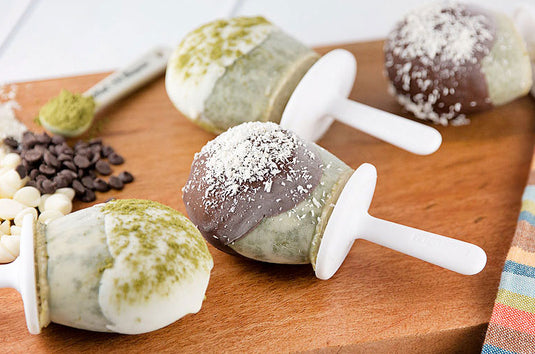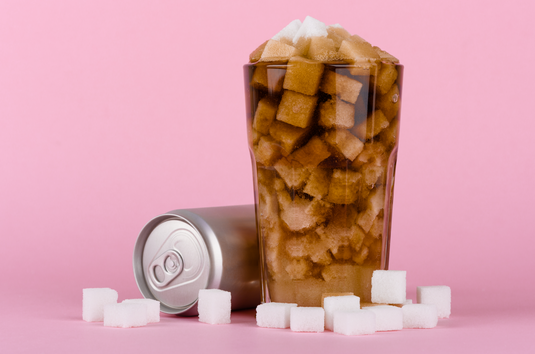Taste Making: How to Get Your Kids to LOVE Healthy Food

Lots of numbers get tossed around when discussing the human body: there’s over 200 trillion bacteria in the gut, the brain contains 100 billion neurons, we live an average life of 82.3 years (according to Stats Canada) – and the list goes on and on.
But a number that often gets glazed over, is that of our taste buds – approximately 6,000! Each bud has tiny microscopic hairs that send signals to the brain, whether the food we eat is sweet, salty, bitter, sour or umami. These sometimes-finicky receptors not only interpret the taste profiles of what we consume but play a part in our dietary patterns and digestion!
The evolution of taste
The evolution of our taste buds throughout life explains a lot when it comes to food preferences, aversions and how these change with age. Shaping food preferences starts as early as in-utero, where researchers have found the taste of mother’s foods in amniotic fluid, and tastes can also be transferred through breast milk. But then it gets real when it comes to introducing new foods to an infant, toddler, child or teenager.
Before I became a Naturopath, I spent years working in my mother’s health food store, where a common woe among parents was trying to get their children to eat “healthy foods” such as vegetables, legumes and fruits other than bananas or strawberries (all children love their ‘nanas!).
It’s not just the fussy palate of little ones – you may have your own food dislikes, supported by an internal dialogue that reinforces picky tendencies and preferred eating habits. Adults are often my trickiest patients because of their established history of food avoidance and long-term pickiness shapes the way we think about our food. (I’m a great example of this! I always have and continue to HATE broccoli!)
These patterns accompany your taste buds’ reacting to the more stimulating foods (i.e. sugar) with positive neurotransmitters like dopamine and serotonin – making ingrained eating habits even tougher to beat! Even more reason to start healthy habits with the young ‘uns.
How taste works
We’re not all fans of bitter foods, but children in particular react strongly – something we can chalk up to human instinct. The chemical signalling of our taste buds is instinctual and protective in nature, especially for infants and toddlers – and colour and texture are two big factors in determining sensitivity. Generally speaking, in the wild, bitter foods are toxic, and while my dog may eat garbage, he will not TOUCH an orange peel!
In contrast, sugary foods are not just appealing to kids because of their sweetness or brand marketing (a massive atrocity of today’s culture: manipulating children’s sensory organs to make money whilst harming their health). As an evolutionary advantage, children associate sugar with increased energy levels and calories – factors that aid in growth and survival. Instincts, right?
But choosing calorie-rich and energy-boosting foods is key, and there’s a difference between built-in survival mechanisms (think fight-or-flight) that require an immediate energy boost and what’s actually required for our kids. Today’s children can get their energy reserves from nutritious foods, like fruits and veggies, and from a survival stand-point, do not need any sugar-containing foods outside of that very diverse group of foods.
As we age, our cognitive choices overtake our physiological ones and we begin to enjoy foods we avoided as children, like Brussels sprouts, fish, beets, olives, and *ahem* red wine. This is mostly due to exposure and intention but is also inevitable as we age. Like other bodily cells and organs, our taste buds dwindle in number and sensitivity, and the average turnover time of begins to slow and even halt after 40 years of age. This partially explains our grandparents loading up their food with salt and hitting the Polish bakeries for a weekly box of paczki (Polish donuts). No? Just my in-laws?
Along with aging, taste buds are also dulled by environmental toxins such as cigarette smoke, chemicals, processed food and pollution. It’s no wonder why we are facing the current high-sugar, salty, fast, convenience food epidemic.
SO, how do we help kids get excited for foods that nourish their rapidly growing bodies and minds?
We know that colour and texture are BIG factors which can help make the harder-to-sell foods more appealing:
- Pureeing foods is a terrific way to introduce them, removing the texture variable.
- Adding bland looking foods into other, more visually appealing dishes, another great trick. Gotta smother something in almond butter? Go for it.
- Model healthy eating (monkey see, monkey do). If your kids see you enjoying a colourful plate, rich with fresh fruit and veggies they will want to mirror you.
- Turn to nourishing, foundational supplements that are formulated specifically for kids!
Our gut health and microbiome are becoming increasingly understood, and the importance of nourishing it in childhood is becoming more apparent. Fermented foods, can be tricky with kids’ discerning palates, and yogurts don’t necessarily have the probiotic variety and potency to support little guts – plus, many yogurt products for kids have lots of sugar. A daily probiotic guarantees that your kids gut bacteria are fortified!
Another supplement I’ve turned to since my daughter started eating solids, is Genuine Health’s high fibre gut superfoods+. Rich with 14 organic (and fermented) fruit, vegetable and mushroom superfood blend, it has helped her digestive system transition from breastmilk to solids, along with the introduction of new and different foods. Our daughter eats what we eat and even if we have a day full of fresh produce, she still wants her shake (or what she calls “shakeyourbody”).
PLUS, the ingredients themselves are jam-packed with antioxidants & anti-inflammatory phytonutrients, not to mention good food for our gut bacteria!
My big take-home message, is this: you’re the boss! Your choices and behaviour influence that will shape your children’s relationship with food. So, incorporating nutritious food shouldn’t be tricky or manipulative: explaining to my two-year-old that “this is good for your brain and body” is often sufficient. She may parrot it back to me without seeming to absorb it, but it’s happening.
Ok, ok, one last thing – give it a bit of time. When incorporating or eliminating any food or food group in the diet (yours or your child’s) it’s my rule of thumb to give it at least 21 days! Taste buds do regenerate more quickly in children, so retraining them will be faster (as with most new habits).
Kids truly are sponges – and it’s up to us to provide healthy nutritional habits and practices for them to absorb. Encourage healthy habits at home, and they will take them on.
Information provided by Dr. Katherine Kremblewski, ND is intended to be general in nature, and should not be used as a substitute for a visit with a Naturopathic Doctor or Family Doctor. The advice is intended to offer only a general basis for individuals to discuss their medical condition with their health care provider. Always consult your licensed Naturopathic Doctor or health care provider.
References
https://www.ncbi.nlm.nih.gov/pmc/articles/PMC1351272/
Pediatrics. 2001 Jun; 107(6): E88. Prenatal and Postnatal Flavor Learning by Human Infants
Julie A. Mennella, PhD, corresponding author Coren P. Jagnow, MS, and Gary K. Beauchamp, PhD
